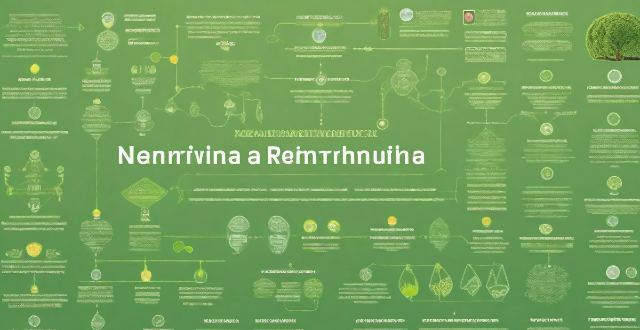Knowledge frameworks are structured approaches to organizing information within a field of study or practice. Successful examples include the human body systems in medicine, the OSI model in computer science, the language acquisition framework in linguistics, SWOT analysis in business, the ecosystem services framework in environmental science, and Bloom's Taxonomy in education. These frameworks facilitate specialized knowledge, standardize protocol development, guide teaching methods, support decision-making processes, highlight interdependence between natural systems and human well-being, and promote higher-order thinking skills.

Knowledge Frameworks: Success Stories Across Disciplines
A knowledge framework refers to a structured approach to organizing and managing information within a particular field of study or practice. These frameworks serve as a foundational tool for understanding complex concepts, guiding research, and fostering innovation. Here are several examples of successful knowledge frameworks across various disciplines:
1. Medicine - The Human Body Systems
In medicine, the framework that divides the human body into interconnected systems (e.g., nervous, cardiovascular, respiratory) is fundamental. This organization allows medical professionals to:
- Diagnose issues specific to a system.
- Understand how diseases can affect multiple systems.
- Develop targeted treatments.
Key Points:
- Facilitates specialized knowledge within each system.
- Promotes interdisciplinary collaboration for holistic healthcare.
2. Computer Science - The OSI Model
The Open Systems Interconnection (OSI) model provides a conceptual visual for understanding network communication. It divides networking processes into seven distinct layers, each with a specific function:
1. Physical Layer
2. Data Link Layer
3. Network Layer
4. Transport Layer
5. Session Layer
6. Presentation Layer
7. Application Layer
Key Points:
- Simplifies the complexity of network communications.
- Standardizes protocol development and troubleshooting.
3. Linguistics - The Language Acquisition Framework
This framework outlines the stages through which humans acquire language, from infancy to adulthood. Key phases include:
- Pre-linguistic stage
- Early language development
- Phonological and syntactic acquisition
- Semantic and pragmatic development
Key Points:
- Guides language teaching methods and strategies.
- Informs research on language disorders and interventions.
4. Business - The SWOT Analysis
SWOT (Strengths, Weaknesses, Opportunities, Threats) analysis is a strategic planning tool used to evaluate projects or business ventures. It provides a structured way to identify internal and external factors affecting an organization.
Key Points:
- Supports decision-making processes.
- Encourages balanced consideration of both positive and negative aspects.
5. Environmental Science - The Ecosystem Services Framework
This framework categorizes the benefits that ecosystems provide to humans into four types:
- Provisioning services (e.g., food, water)
- Regulating services (e.g., climate regulation)
- Cultural services (e.g., recreational, spiritual)
- Supporting services (e.g., nutrient cycling)
Key Points:
- Highlights the interdependence between natural systems and human well-being.
- Informs conservation policies and sustainable resource management.
6. Education - Bloom's Taxonomy
Bloom's Taxonomy is a hierarchical structure used to classify educational learning objectives into levels of complexity:
- Remembering
- Understanding
- Applying
- Analyzing
- Evaluating
- Creating
Key Points:
- Guides curriculum design and assessment creation.
- Promotes higher-order thinking skills among students.
Each of these frameworks has proven invaluable in its respective domain, offering clarity, organization, and a common language for discussion and advancement.